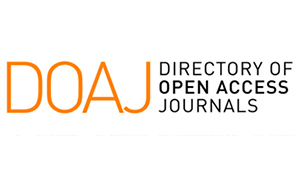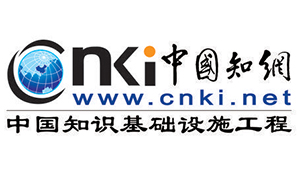Yasser Rubén Bustamante Nuñez
DOI: 10.59427/rcli/2023/v23cs.4377-4388
The evolution of digital platforms and new business trends have generated the development of the collaborative economy model, which is seen as an economic model capable of closing gaps and providing better access to more affordable and accessible quality services. This dossier aims to analyze the vision of the collaborative economy in Peru, how it has been developing, as well as which productive sectors have been using it the most and how they have impacted their users. A qualitative, descriptive, and bibliographic approach was employed, allowing a review of scientific literature in databases such as Scopus and Science Direct, Scielo and Redalyc, through the use of keywords such as collaborative economy, empowerment, peer-to-peer collaboration, crowdsourcing, access economy, collaborative innovation, among others, applying as filters articles from the last 5 years. They show that, in Peru, there are economic sectors that have adopted and implemented the use of digital platforms, bringing with them greater presence and new job opportunities. The analysis of these has allowed us to conclude that the collaborative economy in Peru has been growing, with a positive outlook, showing itself as an economic model that favors the development of enterprises, the improvement of the Peruvian industry, the empowerment of its users, and access to affordable and quality services.
Pág 4377-4388, 10 Dec








